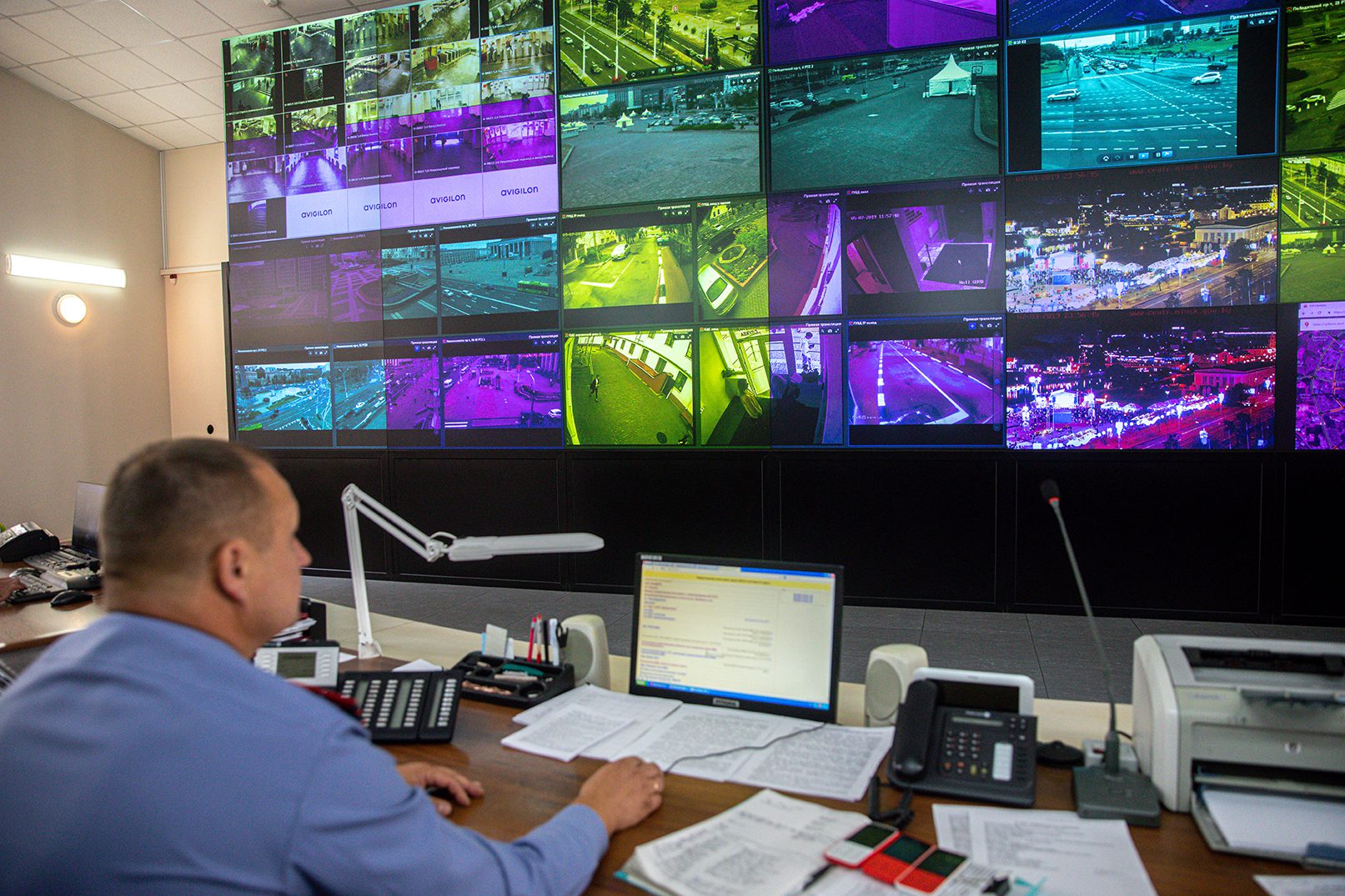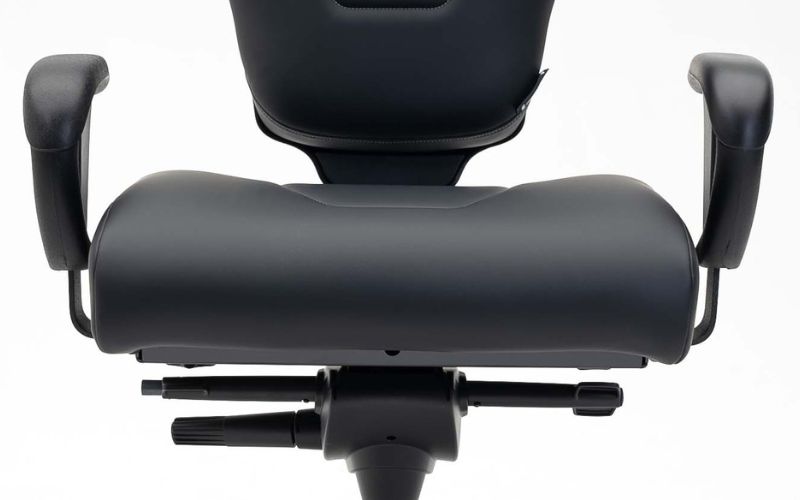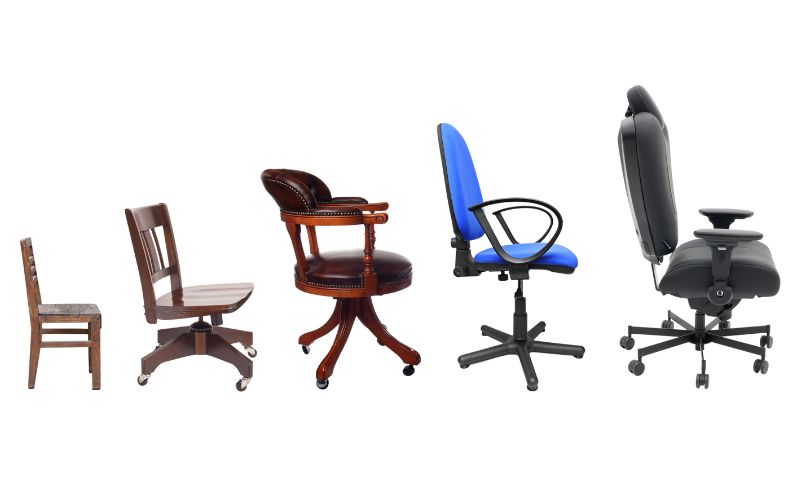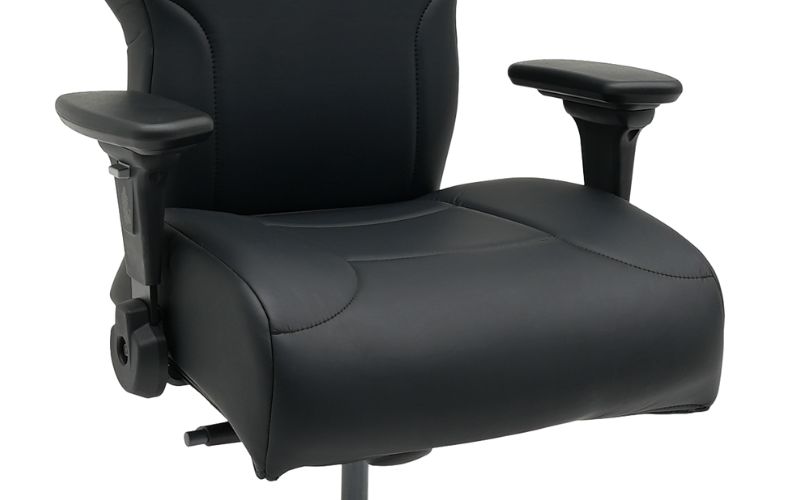When your entire day is spent in front of a video wall, the choice of seating goes beyond mere comfort—it’s a critical component of operational efficiency and employee well-being. Video wall setups, compared to typical multi-monitor environments have an expansive and immersive nature and present unique ergonomic challenges that demand specialized solutions.
Unlike standard setups where monitors are generally at eye level and directly in front, video walls often require operators to adjust their gaze upwards and across a much larger visual field. This constant movement can exacerbate physical strain without the right ergonomic support. This guide explores the importance of choosing chairs that are specifically designed to address the distinct needs of video wall environments, ensuring both comfort and functionality for operators who manage these complex systems.
The Unique Ergonomic Challenges of Video Walls
Video walls, like those typically used in command centers and control rooms, by their very design and usage, put specific and unusual strains on the bodies of those who monitor them. Unlike traditional workstations that generally involve looking straight forward at one or two monitors, video wall operators must contend with multiple screens arranged in expansive formats. This often necessitates viewing angles that are not only wide but also upward, leading to distinct ergonomic challenges.
One of the most common issues for video wall operators is neck strain. Due to the elevated positioning of some screens, operators frequently tilt their heads back, which can strain the cervical vertebrae and lead to long-term musculoskeletal problems. Additionally, the sheer scale of video walls means that operators must constantly move their eyes and sometimes their entire heads to keep track of different data points or camera feeds, which increases the risk of eye strain and tension headaches.
Moreover, the extended reach required to interact with controls or input devices can exacerbate strain on the shoulders and arms, potentially leading to repetitive strain injuries or fatigue. These challenges underscore the need for seating solutions that are not only comfortable but specifically tailored to address the unique physical demands of operating a video wall.
Optimal Sitting Positions for Video Wall Operators
To minimize ergonomic strain when working with video walls, it’s crucial for operators to adopt optimal sitting positions tailored to the unique demands of their setup. The right adjustments for both the chair and desk that can make a significant difference in reducing discomfort and enhancing focus over long periods:
- Chair Height Adjustment: Adjust the chair height so that the eyes align comfortably with the center of the screen or slightly lower to minimize the need for upward head tilting, thus reducing neck strain.
- Backrest Support: Ensure the backrest supports the spine’s natural curvature, focusing on maintaining the lumbar support to prevent lower back pain. Use chairs that allow for slight reclining to reduce pressure on the spine while accommodating upward views.
- Desk and Distance Setup: Set the distance to the video wall to allow the eyes to comfortably encompass the entire range of screens without excessive head turning, helping to reduce eye strain and physical stress.
- Adjustable Armrests: Use adjustable armrests to support the forearms while typing or using control devices, alleviating shoulder strain.
- Seat Depth Customization: Adjust the seat depth to allow operators to sit back fully against the chair’s backrest while keeping their knees at a comfortable angle, which improves circulation and reduces leg fatigue.
By fine-tuning these aspects of their ergonomic setup, those working at a video wall can significantly improve their comfort levels, thereby enhancing their concentration and efficiency.
Key Chair Features for Video Wall Ergonomics
Ergonomic chairs that cater specifically to the needs of those who work at video walls incorporate several key features designed to mitigate the unique challenges associated with such environments. Each feature helps enhance comfort, promote proper posture, and minimize the risk of strain or injury during long shifts.
- Seat Suspension: Select a 24/7 chair featuring a weight-dissipating suspension system. This type of suspension system creates fewer pressure points, which improves circulation. With the blood and oxygen flowing easily throughout the body, especially the lower extremities, limbs are less likely to fall asleep and overall comfort is increased.
- Adjustable Neck Supports (Neckroll): Given the upward viewing angles often required in video wall setups, chairs equipped with adjustable neck supports or neckrolls are essential. These supports help maintain the neck in a neutral position, reducing the strain caused by tilting the head backward for extended periods.
- Lumbar Support: Proper lumbar support is crucial for any seating but especially so in video wall environments where operators may sit for extended durations. Adjustable lumbar supports allow operators to customize the fit to their lower back, promoting an ergonomically correct seated posture that prevents lower back pain.
- Seat Tilt Mechanism: The ability to tilt the seat can significantly enhance comfort by facilitating a dynamic sitting posture. This mechanism allows operators to adjust their seating angle, which can help relieve pressure on the lower back and thighs.
By incorporating these features, ergonomic chairs not only support the specific physical demands of managing a video wall but also contribute to greater productivity and well-being. Organizations investing in these specialized chairs ensure their teams can perform optimally, without the setbacks of discomfort or injury.
The importance of selecting the right ergonomic chair for video wall environments cannot be overstated, especially considering the unique challenges these setups pose. Increased neck and back strain from unusual viewing angles and the need for sustained attention over long periods demand specialized seating solutions. At Concept Seating, our chairs are meticulously designed to address these specific issues, offering features like weight-dissipating suspension systems, adjustable neck supports, dynamic lumbar systems, and seat tilt mechanisms. These features enhance comfort and significantly contribute to reducing potential health issues, fostering a more productive and focused workforce.





